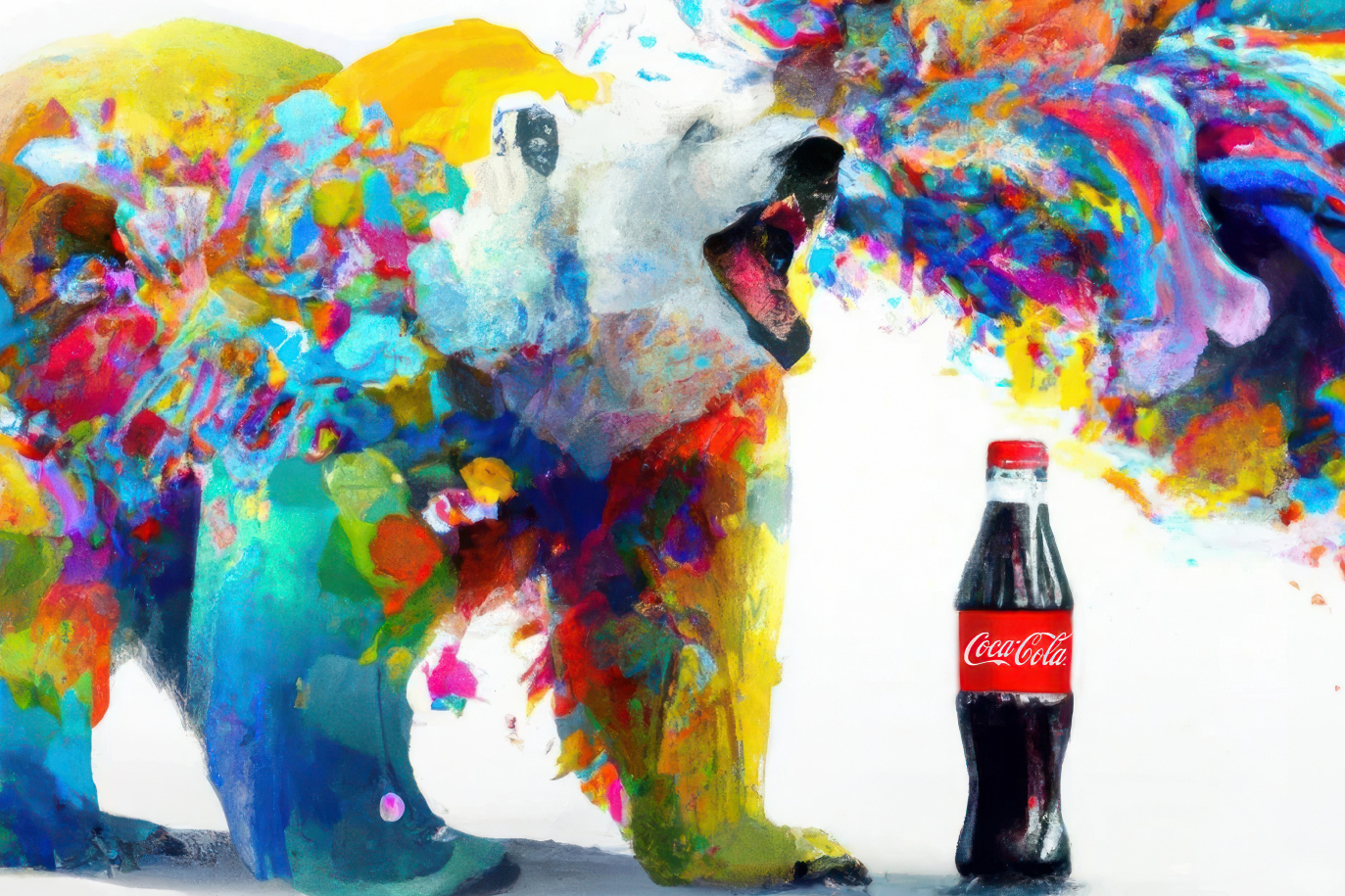New guidance from the U.S. Copyright Office could prevent marketers from claiming ownership of their work
Brands and agencies are dealing with thorny issues around who owns work generated by AI, and the answer could be nobody. While these entanglements are being worked out, advertisers are having a hard time navigating the new world of AI.
Last week, the U.S. Copyright Office said content that is mainly generated by artificial intelligence cannot be protected by copyright. This means that marketers using generative AI tools like ChatGPT and DALL-E to carry out creative work do not necessarily own that work. From original copy to digital artwork to actual video advertisements, the right for agencies and brands to claim authorship of this material, and thus prevent third-party reproduction, is now in question.
Although the Copyright Office is not a legal body, it is in charge of reviewing and approving copyright applications. Each application will be viewed on a case-by-case basis, and for those having to do with AI, the body’s decision will ultimately come down to how large a role the AI played in the creation of the content.
“If AI is being used as an instrument, like a pencil, there is some wiggle room,” said Ryan Meyer, a partner at law firm Dorsey & Whitney who specializes in intellectual property rights. A similar example, given by the Copyright Office in its guidance issued last week, is that of a camera: Photographs can be copyrighted because they are “representatives of original intellectual conceptions of the author.”
Generative AI seemingly blurs the lines between who is responsible for intellectual conception. In some cases, the Copyright Office says it views prompting a bot as similar to commissioning an artist, whereby the commissioner may offer instructions, but the artist actually implements those parameters into an output, and is thus its more approximate creator. To this end, the artist would earn copyright protections—although if the artist is indeed an AI bot, then no protections would be extended to either party, because they only apply to human creativity.
That’s not to say all prompts are equivalent to commissioning an artist. There is a difference, Meyer said, between a copywriter generating a script on ChatGPT from a complex, descriptive idea and a loosely correlated jumble of words. The Copyright Office will determine the significance of this distinction, as well as that of other confounding factors.
Ilinca Barsan, director of data science at Wunderman Thompson, is not surprised by the Copyright Office’s position, noting that AI tools are a mechanism for ideation, not market-ready content.
“I think this is just another reminder for you to disclose that you’re using these technologies in your work,” she said.
Brands should know that they still own their IP, and that the Copyright Office will extend different protections for different aspects of the content in question. Coca-Cola, for example, has asked fans to create branded artwork using AI: In this instance, it could feasibly retain ownership of its logo and other property while not receiving ownership of the artworks in their entirety. The Copyright Office, of course, may find reason for deciding otherwise.
On the flip side, there is concern around AI bots creating content based on previously copyrighted material. After all, these machines are trained on public data, much of which is owned by certain parties. VaynerMedia CEO Gary Vaynerchuk told Ad Age this week that the agency is moving cautiously with AI for this reason. While its new guidance does not address this issue, the Copyright Office did state that it intends to inquire about “the use of copyrighted works in AI training” later this year.
As for the current update, another issue that could prove thorny for ad agencies is how the policy fits alongside work for hire. Under a work-for-hire rule, things created by employees as part of their job are owned by the employer, not the employees themselves. But if a creative uses AI tools to produce their work, then the agency may lose out on their transitive right to ownership.
How pre-existing rules like work for hire converse with the new AI guidance will give rise to conflicts, Meyer said. As such, there is still a need for more clarity.
“The guidance is helpful, but the most helpful thing will be a new binding law that specifically addresses the challenges of AI,” Meyer said.
Source: adage.com

